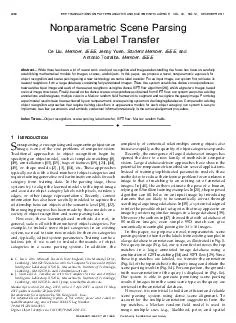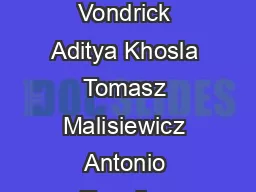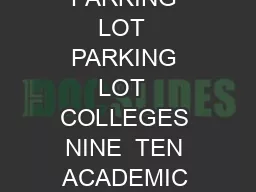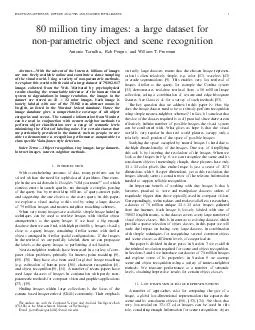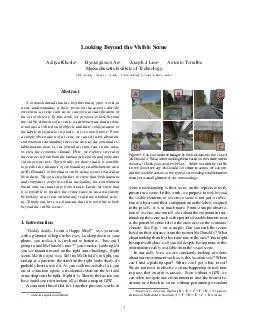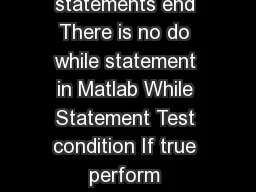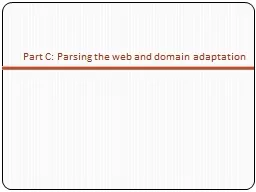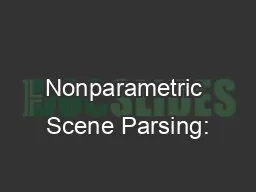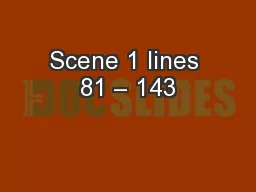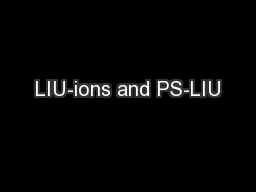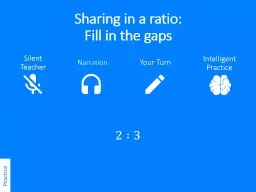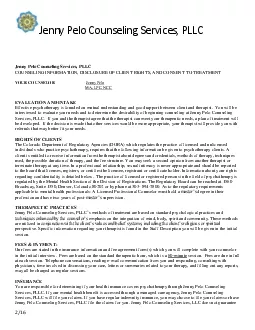PDF-Nonparametric Scene Parsing via Label Transfer Ce Liu Member IEEE Jenny Yuen Student
Author : tatiana-dople | Published Date : 2014-12-18
In this paper we propose a novel nonparametric approach for object recognition and scene parsing using a new technology we name labeltransfer For an input image
Presentation Embed Code
Download Presentation
Download Presentation The PPT/PDF document "Nonparametric Scene Parsing via Label Tr..." is the property of its rightful owner. Permission is granted to download and print the materials on this website for personal, non-commercial use only, and to display it on your personal computer provided you do not modify the materials and that you retain all copyright notices contained in the materials. By downloading content from our website, you accept the terms of this agreement.
Nonparametric Scene Parsing via Label Transfer Ce Liu Member IEEE Jenny Yuen Student: Transcript
Download Rules Of Document
"Nonparametric Scene Parsing via Label Transfer Ce Liu Member IEEE Jenny Yuen Student"The content belongs to its owner. You may download and print it for personal use, without modification, and keep all copyright notices. By downloading, you agree to these terms.
Related Documents

